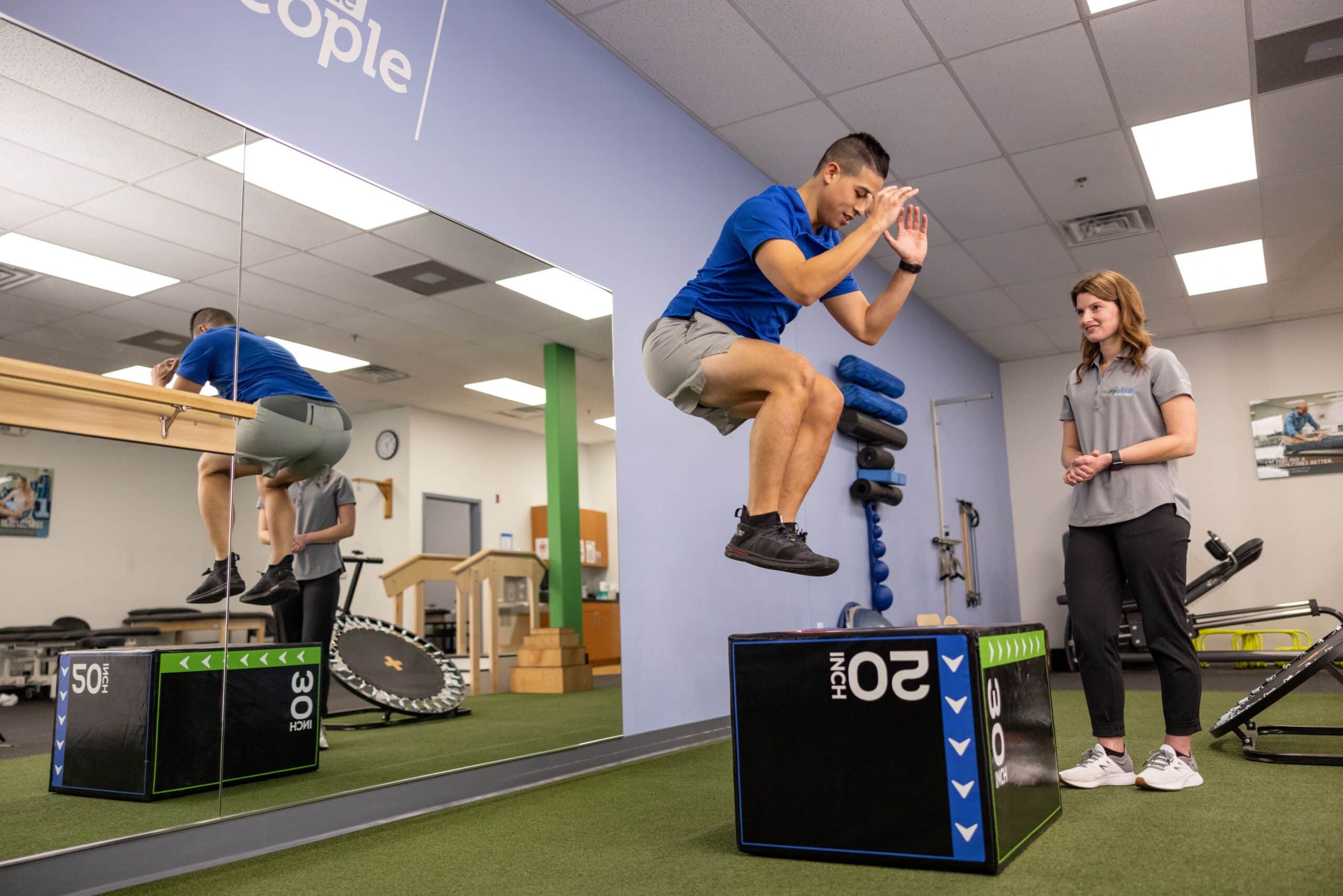Improving Efficiency and Minimizing Harm Risk through Thorough Evaluation of Balance and Steadiness via Practical Mobility Screening.
Improving Efficiency and Minimizing Harm Risk through Thorough Evaluation of Balance and Steadiness via Practical Mobility Screening.
Blog Article
Balance and stability are essential components of physical fitness and overall well-being. They serve a vital role in daily activities, athletic capability, and injury avoidance. When an person has good balance and stability, they are not as likely to fall or incur injuries during physical exercises. One effective way to evaluate these attributes is through Practical Motion Assessment (FMS). FMS is a tool used to analyze motion patterns and identify imbalances or weaknesses that could result to injuries.
Functional Movement Screening involves a series of specific tests that assess how well a person functions. The tests concentrate on basic movements such as squatting, lunging, and bending. By watching these movements, coaches and medical experts can identify areas where an person may struggle. For instance, if someone has trouble maintaining balance while performing a squatting, it may indicate a need for specific workouts to enhance strength and control. This evaluation not only detects deficiencies but also helps to track advancement over a period.
In addition to this to recognizing areas for enhancement, FMS serves a crucial role in avoiding injuries. Many damages occur as a result of poor motion patterns, which can be identified through practical assessments. By addressing these issues early on, people can lower their likelihood of harm during athletic or other bodily activities. For example, a runner who shows an discrepancy in their stride may be increasingly prone to knee injuries. By correcting these discrepancies through specific exercise programs, the chance of injury can be substantially reduced.
Additionally, improving performance is another benefit of performing a thorough assessment of balance and stability. Athletes and active individuals often seek to improve their capability in particular activities or tasks. A thorough understanding of their motion styles allows trainers to create customized exercise regimens that focus on particular weaknesses. By improving equilibrium and steadiness, athletes can improve their overall capability, whether it’s running faster, jumping taller, or performing precise movements in use this link their activity.
In summary, the importance of assessing equilibrium and steadiness through Practical Movement Assessment cannot be exaggerated. This comprehensive assessment serves as a basis for enhancing physical fitness, avoiding injuries, and enhancing athletic capability. By identifying areas of weakness and implementing specific exercise strategies, individuals can attain better results in their physical exercises. Focusing on equilibrium and stability not only leads to better capability but also contributes to a more wholesome, original site increasingly active lifestyle.